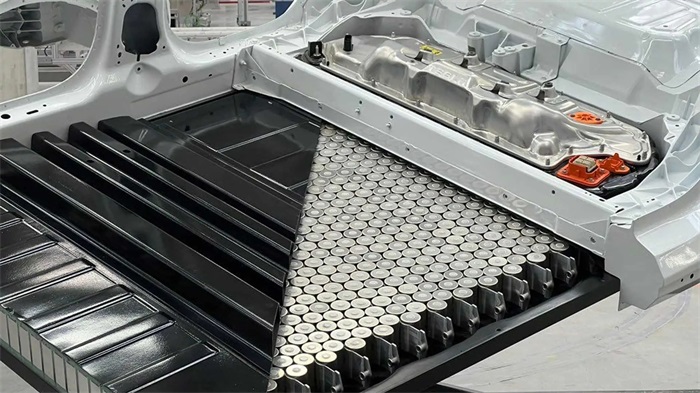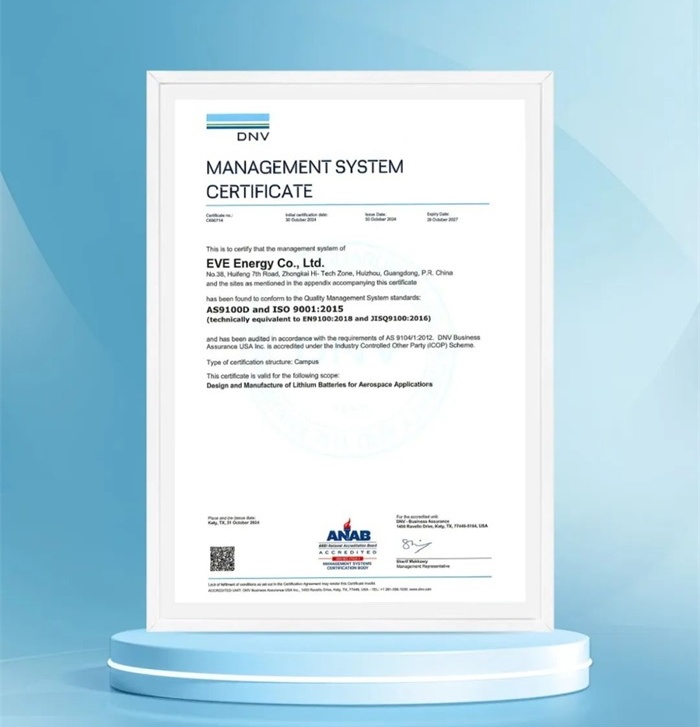Tesla Model Y Battery Technology Analysis: Effective Strategies for Extending Battery Life and Ensuring Safety

The battery type used in the tesla model y and how to extend its lifespan while ensuring safety are topics of great concern for electric vehicle users and potential buyers. As a highly popular electric SUV, the tesla model y utilizes Tesla's advanced lithium-ion battery technology to ensure exceptional performance in terms of range, efficiency, and safety. This article will provide a detailed analysis of the tesla model y's battery type and explore effective methods for extending battery life and ensuring safety.
Tesla Model Y Battery Type
The tesla model y uses lithium-ion technology for its batteries, with varying chemical compositions across different versions of the vehicle. The batteries in the tesla model y can be categorized into two types: one based on nickel-cobalt-aluminum (NCA) chemistry and another using lithium iron phosphate (LFP) chemistry.
The nickel-cobalt-aluminum (NCA) battery is commonly used in Tesla's high-performance models, especially the long-range versions. The key advantage of NCA batteries is their high energy density, meaning they can store more energy, resulting in a longer driving range. While these batteries offer higher energy efficiency, they are more expensive due to the use of rare metals like cobalt and nickel, which also pose environmental concerns during resource extraction.
In the Chinese market and some lower-spec versions of the tesla model y, Tesla has started using lithium iron phosphate (LiFePO4) batteries. LFP batteries are characterized by lower costs and superior safety. Compared to NCA batteries, LFP batteries are more resistant to high temperatures and are less likely to experience thermal runaway, providing better fire safety. On the downside, LFP batteries offer a relatively shorter range but have a longer cycle life and higher safety, making them an excellent solution for everyday use.
How to Extend tesla model y Battery Life
Extending the tesla model y's battery life not only helps save on battery replacement costs but also ensures the vehicle maintains optimal performance over time. Here are some effective strategies:
1. Avoid Extreme Charging States
Battery lifespan is significantly influenced by its charging state. Overcharging or deep discharging accelerates battery degradation. To maximize battery life, tesla model y owners should aim to keep the battery charge between 20% and 80%. Charging the battery to 100% or letting it drain to 0% regularly can cause additional wear and tear. Maintaining a moderate charge range helps reduce the risk of aging and damage.
2. Optimize Charging Habits
Frequent use of fast-charging stations, such as Tesla’s Superchargers, may be convenient but can cause more damage to the battery. Fast charging increases the battery's temperature, speeding up the internal chemical reactions and shortening its lifespan. To protect battery health, owners should opt for standard charging (AC charging), especially when there's no urgency. Additionally, it’s important to avoid keeping the vehicle connected to the charger for extended periods, to prevent overcharging.
3. Temperature Management
Temperature is a critical factor affecting battery life. Both extremely high and low temperatures can damage the battery. The tesla model y is equipped with an advanced Battery Management System (BMS), which automatically regulates the battery's temperature to keep it within an optimal range. High temperatures can cause the battery to overheat, reducing its capacity and lifespan, while low temperatures can temporarily affect performance. Therefore, owners should try to avoid exposing the vehicle to extreme temperatures for extended periods, especially in extreme weather conditions.
4. Maintain Battery Charge When Not in Use
If owners plan to leave their tesla model y unused for an extended period, it is recommended to keep the battery charge between 20% and 50%. Keeping the battery at extremely low levels (below 10%) or fully charged (at 100%) for prolonged periods may negatively impact battery health. The vehicle will automatically enter a power-saving mode when parked for a long time, but it’s still essential to periodically check the battery status to avoid excessive self-discharge.
5. Use Battery Maintenance Mode
Tesla also offers software features that help protect the battery. For instance, the vehicle can be set to limit the maximum charge level. If the BMS detects excessively high temperatures or other potential issues, owners can manually enable the "Battery Maintenance Mode" to reduce charging pressure and help preserve the battery.
How to Ensure tesla model y Battery Safety
Battery safety is a crucial design aspect of the Tesla Model Y. Tesla has integrated multiple safety layers into the battery modules to prevent issues such as battery failure or fire hazards.
1. Battery Management System (BMS)
The tesla model y is equipped with an advanced Battery Management System (BMS) that monitors critical parameters such as temperature, voltage, and current in real time. The system ensures the battery remains within a safe operating range. If any abnormalities such as overcharging, overdischarging, or overheating are detected, the BMS automatically activates protection mechanisms to limit charging speed or temporarily disconnect the battery to prevent further issues.
2. Efficient Cooling System
Batteries generate significant amounts of heat during use, especially when fast-charging or accelerating. The Tesla Model Y features a liquid cooling system that efficiently dissipates the heat generated by the battery pack, preventing the battery temperature from rising too high, which could lead to performance degradation or safety issues. The liquid cooling system circulates coolant to regulate the battery's temperature, ensuring it stays within an optimal range for performance and safety.
3. Fire-Resistant Design
The battery pack of the tesla model y is designed with multiple fire safety features. Fire-resistant materials are used between the battery cells and modules to prevent combustion or thermal runaway under extreme conditions. Furthermore, the battery pack incorporates safety disconnects that quickly cut off the current in case of internal failure, preventing the risk of fire.
The tesla model y’s battery technology and management systems ensure excellent performance in terms of range, efficiency, and safety. Understanding the characteristics of different battery types, adopting the right charging habits, and managing temperature and charging states effectively can significantly extend battery life while ensuring safety. As Tesla continues to optimize its battery technology and vehicle management systems, the tesla model y will continue to offer users an efficient, safe, and long-lasting electric driving experience.

